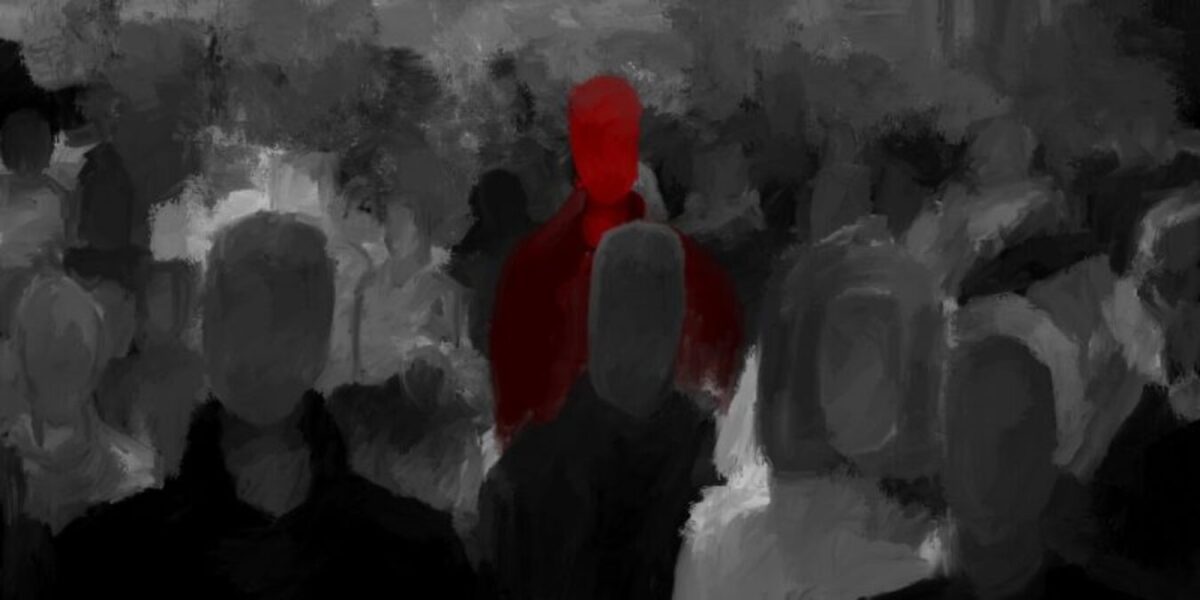The global political landscape has seen a significant shift in recent years, with far-right influences gaining prominence in various countries. From Brazil to the United States and from Hungary to New Zealand, political parties traditionally categorized as far-right have made notable electoral gains. This article aims to analyze this trend objectively, exploring its emergence and development on a global scale.
Table of Contents
The Global Trend
The recent victory of Geert Wilder’s party in the Netherlands, known for its anti-immigrant stance, exemplifies this shift in a country historically aligned with moderate politics. However, it’s important to note that this trend is not uniform across all Western democracies. Germany and the United States are currently governed by center-left coalitions, while in Brazil, leftist Lula da Silva replaced far-right Jair Bolsonaro. The United Kingdom anticipates a potential return of the Labour Party after 14 years in opposition.
Defining Far-Right Politics

Far-right groups have evolved significantly over time. Ben Wellings, a politics and international relations professor at Monash University, notes that while historically these groups were often associated with overt racism and totalitarianism, many have undergone a modernization process. Today, some are referred to as “radical-right” parties, presenting a more nuanced political stance than traditional far-right movements.
For instance, Marine Le Pen’s National Rally in France has distanced itself from its historical anti-Semitic roots, now emphasizing republican and secular principles. Similarly, Italy’s Brothers of Italy, led by Georgia Meloni, positions itself as a mainstream conservative party despite its historical links to post-fascist movements.
Factors behind the Rise
The rise of far-right politics can be attributed to a complex interplay of various factors. Economic dissatisfaction with neoliberal policies and the effects of globalization have led many voters to seek alternative political solutions. Simultaneously, concerns over cultural identity and immigration have resonated, with segments of the population feeling threatened by rapid societal changes.
In some regions, a resurgence of religious conservatism has aligned with far-right political movements, providing a cultural foundation for their ideologies. Corruption scandals and a growing distrust in traditional political elites have fueled anti-establishment sentiment, driving support for outsider candidates who promise to shake up the system.

The advent of social media and advanced technology has played a crucial role in- facilitating the spread of alternative narratives and populist messaging to wider audiences. Additionally, the phenomenon of surveillance capitalism has created new connections between private capital and state power, sometimes benefiting authoritarian-leaning leaders.
These factors, combined with issues of privatization, hyper-globalization, and evolving social identities, have significantly contributed to the recurrence and rise of far-right ideologies in various parts of the world.
Perspective on the Impact
The potential impacts of this shift are subject to debate. Some analysts express concern about the regression of liberal and green parties, particularly regarding climate policy. Professor Wellings suggests this could hinder the EU’s Green New Deal and net-zero emissions goals.
Others argue that far-right parties bring attention to neglected issues and represent legitimate voter concerns. Proponents contend that these movements can act as a counterbalance to what they perceive as excessive globalization or immigration.
Challenges and Limitations
Despite their growing influence, far-right parties face significant challenges in coordinating their efforts due to ideological differences. For example, Le Pen distances herself from Germany’s AfD due to its neo-Nazi associations, while Italian Prime Minister Meloni takes a pro-NATO stance in contrast to other far-right leaders’ pro-Russia leanings.
Looking Forward
As the political landscape continues to evolve, it’s crucial to understand the complex factors driving these changes. While far-right movements have gained traction, they also face internal divisions and external opposition. The future may depend on how mainstream parties address the underlying concerns fueling far-right support and how far-right parties themselves evolve.
To fully grasp this multifaceted issue, citizens and policymakers alike should seek diverse perspectives and engage in open dialogue. Understanding the appeal of far-right politics, as well as the concerns of those opposed to it, is essential for navigating the challenges and opportunities presented by this global political shift.




2 Comments
Pingback: Trump Assured Green-Card to Foreign Students Before 2024 Presidential Election - INPAC Times
Pingback: Candidates Quit to Block Far-Right Resurgence in France